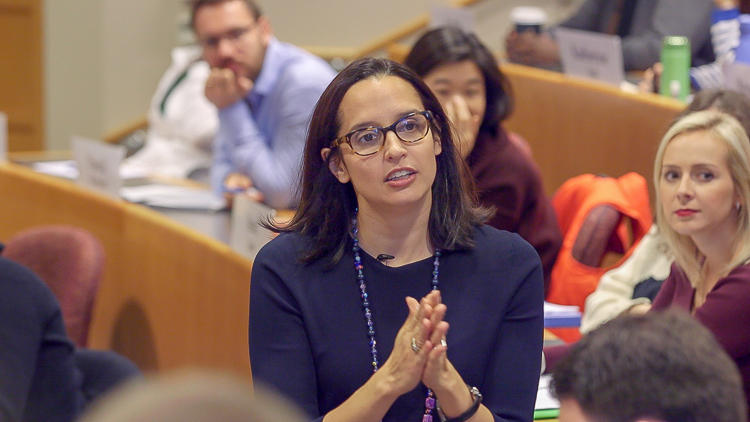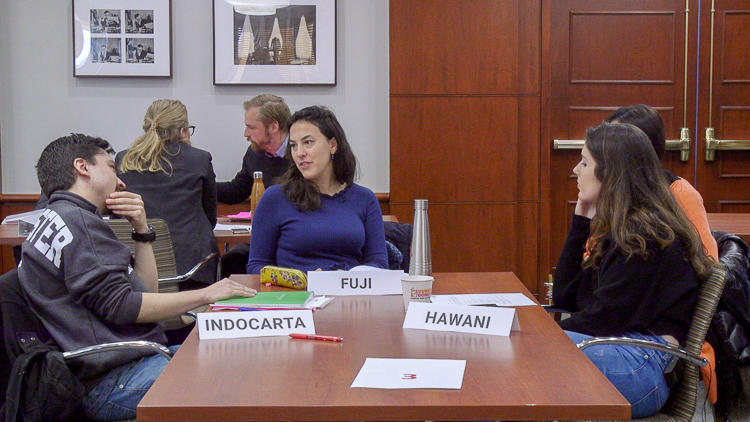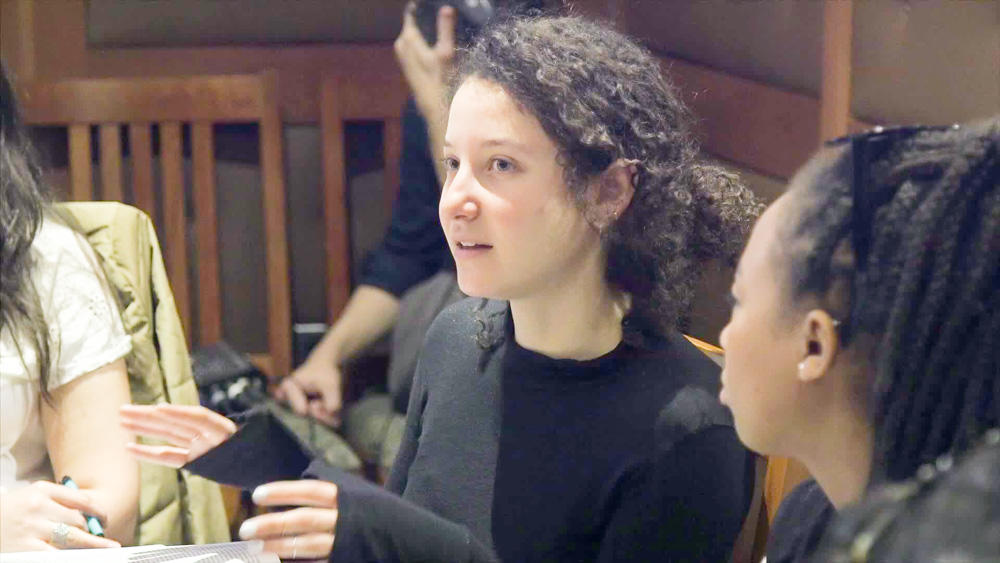Cases are designed so that students synthesize complex information, analyze potential paths forward, and then take a stand on what the protagonist should do next. Throughout this process, students will likely disagree with each other. Rather than glossing over student disagreement, Julie Battilana describes how she highlights differences in opinion and then pushes the class to do additional analysis so they better understand why they disagree. Digging into these disagreements rather than shying away from them ultimately provides, Battilana explains, “a wonderful opportunity for learning.”
Probing student disagreement to achieve deeper understanding
Instructor
Julie Battilana, Joseph C. Wilson Professor of Business Administration (Harvard Business School), Alan L. Gleitsman Professor of Social Innovation (Harvard Kennedy School)
Student Group
Graduate
School
Harvard Business School, Harvard Kennedy School
Course
Power and Influence
Course Details
85 students
Additional Details
Second year course
- In the beginning of the semester, continually frame disagreement as a learning opportunity to reduce the anxiety students may feel about challenging each other.
- Provide explicit phrases that students can use to respectfully disagree with each other and model respectful disagreement yourself.
- When probing student disagreement, try to get students to pinpoint whether they have normative, analytical, or interpretive disagreements with their peers.
- Student discussions and disagreements can be leveraged to foster engagement and promote deeper learning (Oros, 2007).
- Deep probing of student reasoning during disagreements can make explicit unexamined assumptions and enhance understanding (Cohen, 1993).
- When teaching cases about contentious issues, disagreements can escalate. This resource from Vanderbilt’s Center for Teaching provides suggestions for how to manage difficult dialogues.
- This NYTimes Op-Ed describes the benefits of disagreeing and suggests four rules for having healthy disagreements.




